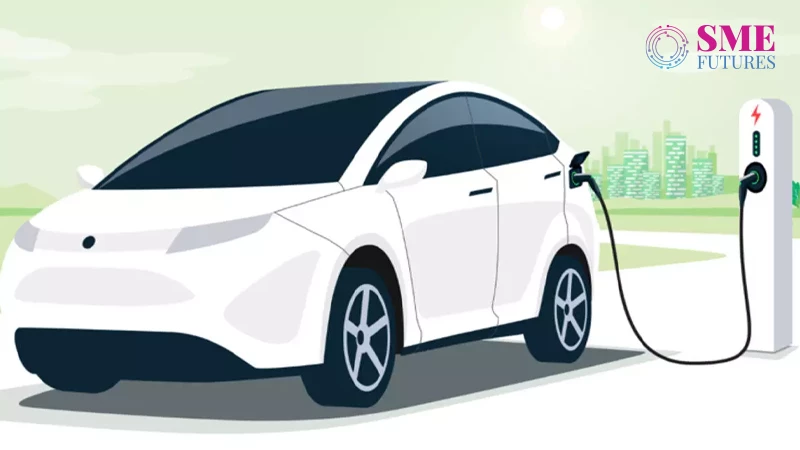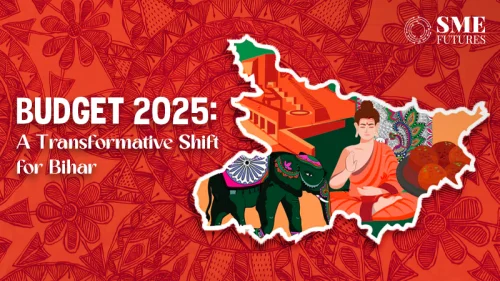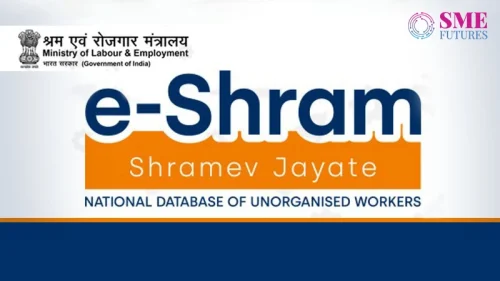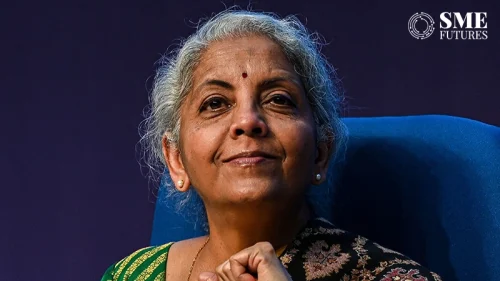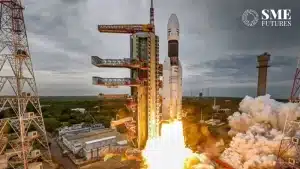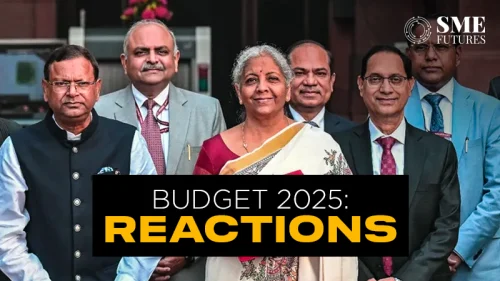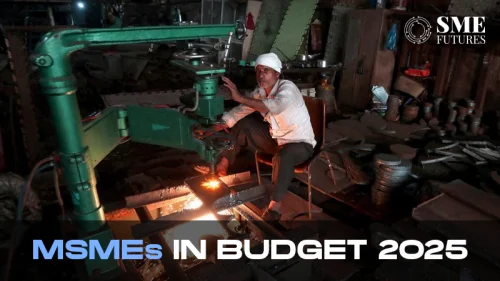The government has just launched the PM Electric Drive (E-DRIVE) subsidy scheme, and it’s set to turbocharge the nation’s electric vehicle (EV) landscape. With a whopping ₹10,900 crore outlay, this ambitious plan is here to make EVs the new norm. Here’s everything you need to know about this game-changing initiative.
The big picture: What is PM E-DRIVE?
Starting today and running until March 31, 2026, the PM E-DRIVE scheme aims to supercharge the adoption of EVs across India. Whether it’s electric two-wheelers (e-2Ws), three-wheelers (e-3Ws), buses, or other emerging EV categories, this scheme has got it all covered.
A legacy of innovation: From FAME to E-DRIVE
The PM E-DRIVE scheme is the latest in a series of government initiatives to promote electric mobility. It builds on the success of the Faster Adoption and Manufacturing of Hybrid and Electric Vehicles in India (FAME-I and FAME-II) programs. Launched in 2015, FAME-I started with ₹795 crore, which later grew to ₹895 crore. FAME-II, introduced in 2019, came with a hefty ₹10,000 crore budget, later increased to ₹11,500 crore, supporting EV adoption until March 2024. The Electric Mobility Promotion Scheme 2024 (EMPS2024) followed, with ₹778 crore allocated for six months.
Now, PM E-DRIVE is here to take things to the next level, subsuming EMPS-2024 and expanding the scope of electric mobility initiatives.
Three pillars of PM E-DRIVE
- Demand Incentives: Covering e-2Ws, e-3Ws (including e-rickshaws and e-carts), e-ambulances, e-trucks, and more. For FY 2024-25, expect a demand incentive of ₹5,000 per kWh, dropping to ₹2,500 per kWh in FY 2025-26. This means cheaper EVs for everyone!
- Capital Asset Creation: With ₹7,171 crore earmarked for charging infrastructure, e-buses, and EV testing facilities, India is set to build a robust EV ecosystem.
- Administrative Provisions: An inter-ministerial committee, the Project Implementation and Sanctioning Committee (PISC), will oversee the scheme’s progress, ensuring smooth implementation and addressing any challenges.
State support and extra perks
States are encouraged to join the EV revolution by offering additional incentives like road tax waivers, concessional toll and parking fees, and permit exemptions. The Ministry of Heavy Industries (MHI) is calling on states to actively participate and create a favorable environment for EV adoption.
Financial breakdown and ambitious targets
The ₹10,900 crore outlay is split over two years: ₹5,047 crore for FY 2024-25 and ₹5,853 crore for FY 2025-26. The government aims to support the purchase of over 14,000 e-buses, establish 2,000 charging stations, and upgrade EV testing facilities nationwide. Demand incentives will be capped to ensure maximum impact within the budget.
Eligibility criteria
To qualify for incentives, vehicles must be registered as “Motor Vehicles” under the Central Motor Vehicle Rules (CMVR) and equipped with advanced battery technology.
The PM E-DRIVE scheme is a monumental step towards a greener, more sustainable future. By making EVs more affordable and accessible, the government is paving the way for a cleaner, eco-friendly India. And stay tuned for more updates on how this scheme will transform the way we drive and live.

